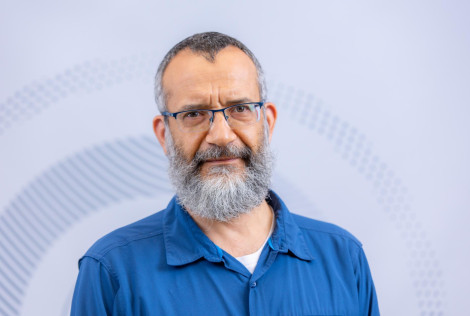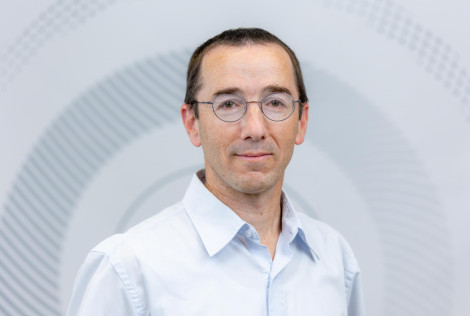Remote sensing
We use multispectral satellite remote sensing and time series analysis of satellite data to study environmental issues in different fields:
Clouds
We analyze multispectral satellite data and radar data to understand precipitation formation processes in clouds, cloud-aerosols interactions and to delineate rain clouds, mainly by using retrieved cloud top microphysical properties. We retrieve precipitation formation processes and the effects of aerosols on the vertical extent above cloud base to which convective cloud tops have to develop for onset of precipitation by analyzing the vertical structure of cloud droplets effective radius and the cloud particle phase (water, ice, mixed).
Atmospheric processes of different scales
We study the factors that affect land surface temperature in different spatial and temporal scales: Topo-climate, Mesoscale (sea breeze), and Synoptic scale. Insights that emerge from this research have immediate applications in agriculture and ecology. In addition, this study may shed light on the interaction between atmospheric processes in different scales, which is one of the key factors to uncertainty regarding forecasts of climate models in the coming decades.
The Dead Sea
The water level of the Dead Sea is declining by more than 1 m/yr., with resulting sinkholes and deteriorated nearby infrastructure. At the same time, the level of the evaporation pond of the Dead Sea Works is rising, endangering nearby hotels. Together with the Geological Survey of Israel we characterize the diurnal and seasonal cycles of the Dead Sea surface temperature, and investigate the processes occurring in the skin layer of the Dead Sea (top ~10 mm), and investigating the sources, transport and dynamics of suspended matter in the Dead Sea. Suspended matter affects the appearance of the Dead Sea and the quality of brine pumped into evaporation ponds. The World Bank, the Dead Sea preservation government company, and the Dead Sea Works fund these studies.
Agriculture and epidemiology
We use time series analysis of satellite data for research involving epidemiology of vector born diseases and pest management. Field crops, fruit trees, and arthropods (pests in agriculture and transmitters of diseases), are sensitive to ambient temperature. Arthropods are sensitive to several environmental variables such as land surface temperature, vegetation and soil moisture. We study the use of environmental parameters retrieved from time series analysis of satellite data as predictors of prevalence of different arthropods that serve as vectors for different diseases in humans and livestock. United States - Israel Binational Agricultural Research and Development Fund (BARD), Israel Science Foundation (ISF), USAID Middle East Regional Cooperation (MERC) and the Israel Ministry of Defense are funding these studies.
We use time series of satellite data and field data to study the dynamics of pests in order to predict damage in crops. The Chief Scientist of the Ministry of Agriculture funds this project.
We use time series of vegetation index to assess the relative contribution of perennial vegetation, herbaceous and soil crusts in arid regions. While applying these tools we investigate the effects of grazing and tiling on soil fertility in arid regions.
Researchers
-
Prof. Lensky Itamar
972-3-5317856 -
Dr. Nehoray Roni
972-3-5318809 -
Mr. Shiff Shilo
972-3-5318342





